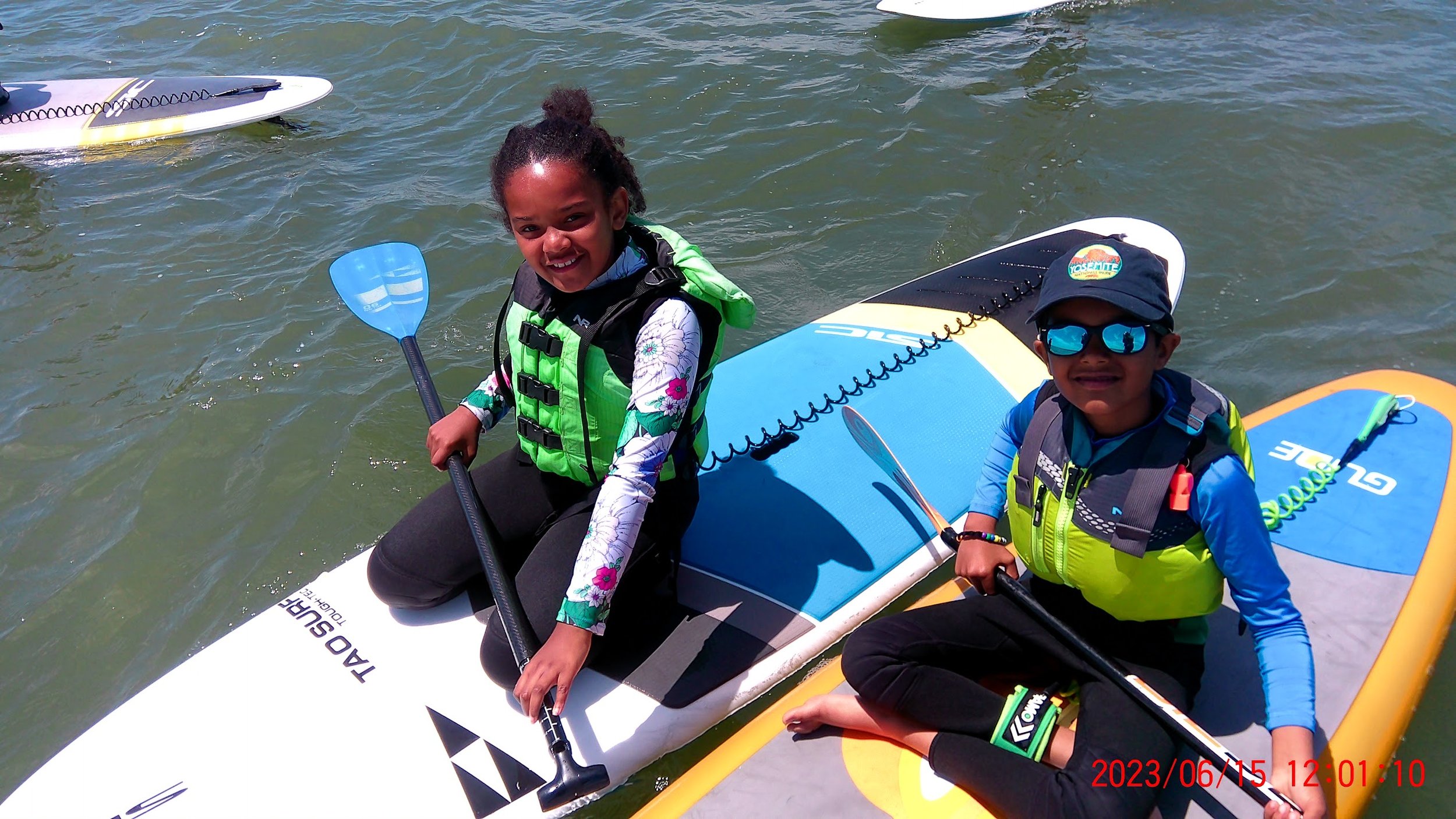Navigating the Waters Safely: Essential Water Safety Tips for Kayaking and Stand-Up Paddling
As we embrace the joys of kayaking and stand-up paddling (SUP), it's crucial to prioritize safety on the water. Whether you're a beginner or seasoned paddler, understanding and implementing water safety guidelines can make all the difference between an enjoyable outing and a potential emergency. Let's explore some essential tips to ensure a safe and memorable experience on the water.
Wear Proper Safety Gear:
Always wear a properly fitted personal flotation device (PFD) or life jacket, regardless of your swimming ability.
Invest in a high-quality helmet, especially for whitewater kayaking or SUP in rough conditions.
Consider wearing a wetsuit or drysuit in cold water to prevent hypothermia.
Learn Basic Water Skills:
Before heading out, familiarize yourself with basic water safety and rescue techniques.
Practice self-rescue drills such as re-entering your kayak or climbing back onto your paddle board from the water.
Take swimming lessons if you're not a confident swimmer.
Check Weather Conditions:
Always check weather forecasts and water conditions before embarking on a paddling trip.
Avoid paddling in strong winds, thunderstorms, or rough seas, as these conditions can pose significant risks.
Be aware of tidal currents, river flows, and other environmental factors that may affect your paddling route.
Know Your Limits:
Start with calm, sheltered waters if you're a beginner and gradually progress to more challenging conditions as your skills improve.
Don't paddle alone, especially in unfamiliar or hazardous environments. Always paddle with a buddy or in a group.
Listen to your body and avoid pushing yourself beyond your physical abilities.
Stay Visible and Communicate:
Use bright clothing and reflective gear to increase visibility, especially in low-light conditions or high-traffic areas.
Carry a whistle or signaling device to attract attention in case of emergencies.
Establish a communication plan with your paddling companions and familiarize yourself with hand signals for communication on the water.
Respect the Environment:
Practice Leave No Trace principles and minimize your impact on the environment while paddling.
Avoid disturbing wildlife and sensitive habitats, and adhere to any local regulations or restrictions.
Dispose of trash properly and consider participating in shoreline clean-up efforts to preserve our waterways for future generations.
Whether you're gliding through serene lakes, navigating winding rivers, or riding the waves along the coast, prioritizing water safety is essential for enjoying kayaking and stand-up paddling to the fullest. By following these essential tips and guidelines, you can minimize risks and ensure a safe and enjoyable paddling experience for yourself and your companions. So, gear up, paddle responsibly, and explore the beauty of our waterways with confidence and respect. Safe travels!



